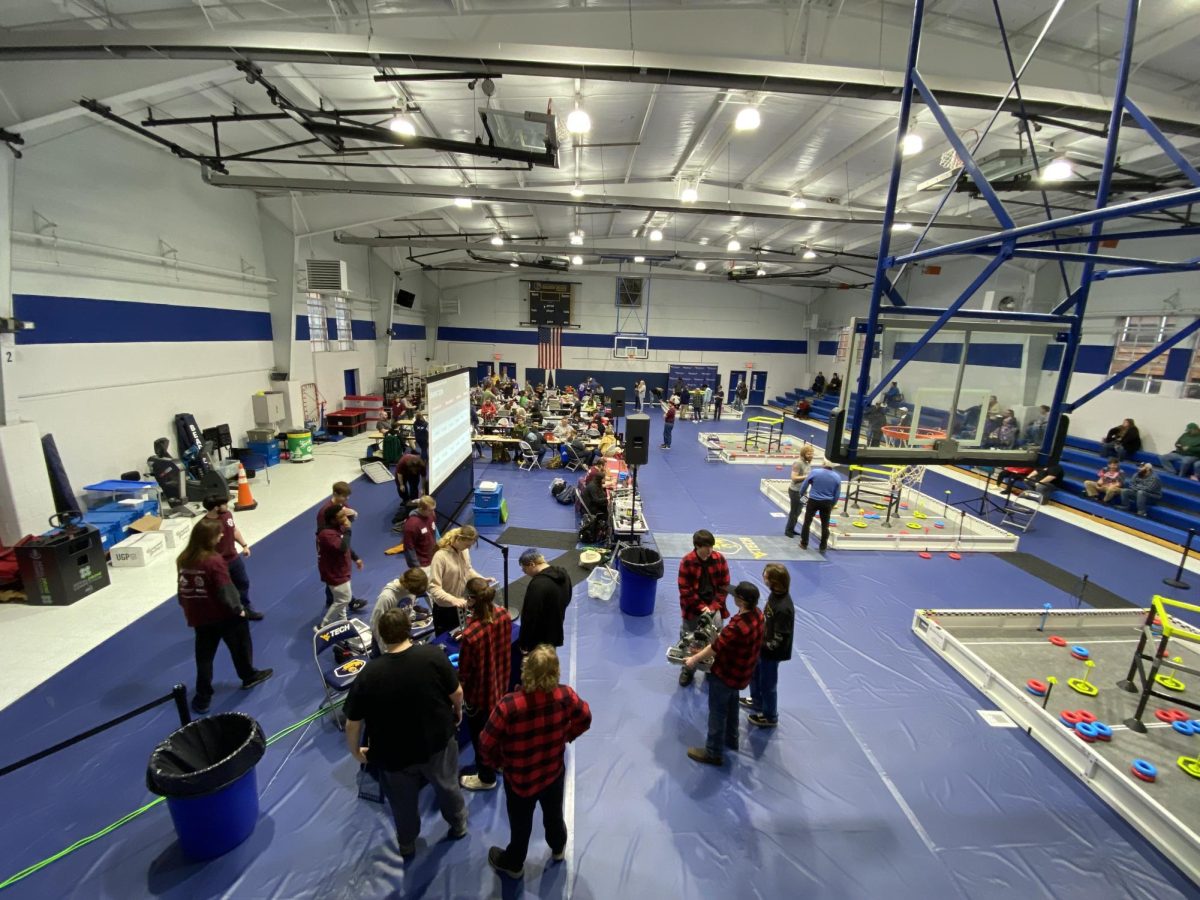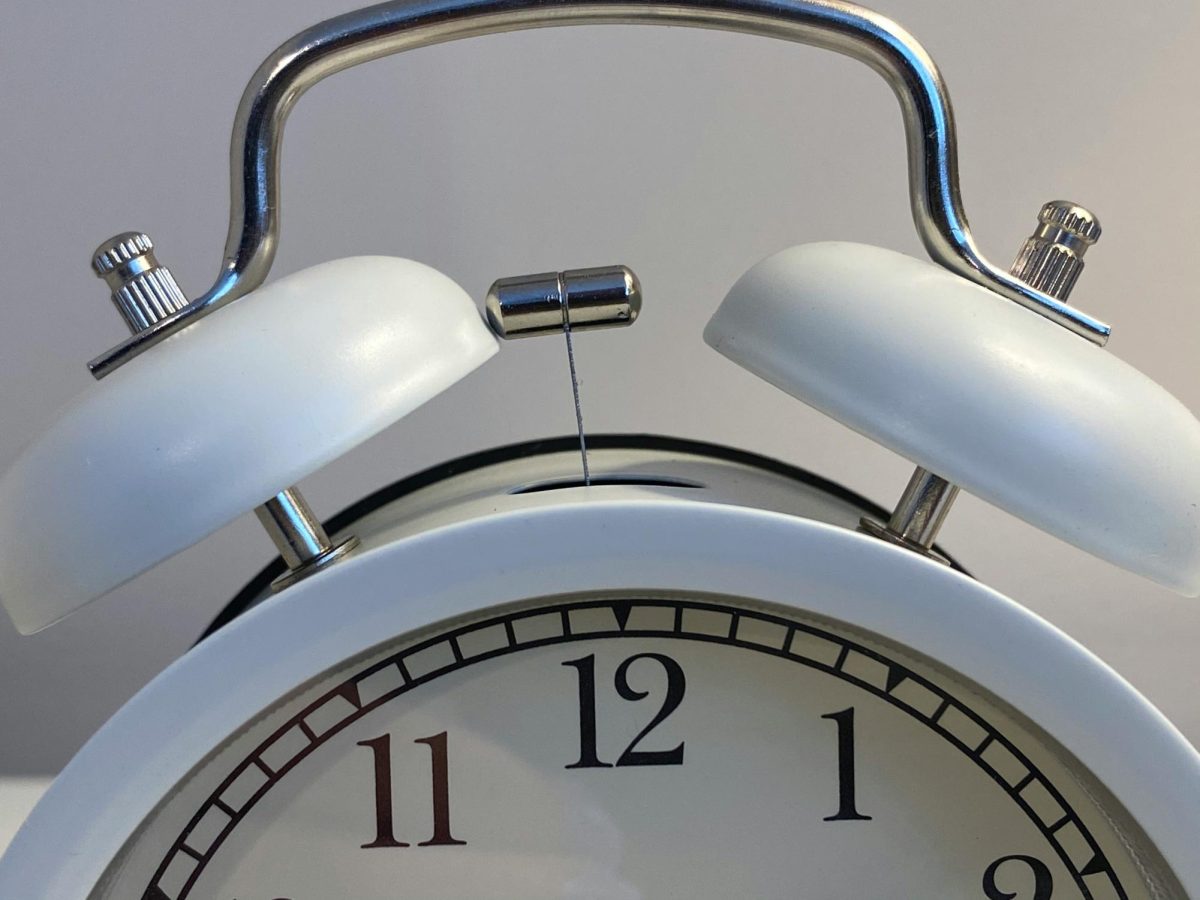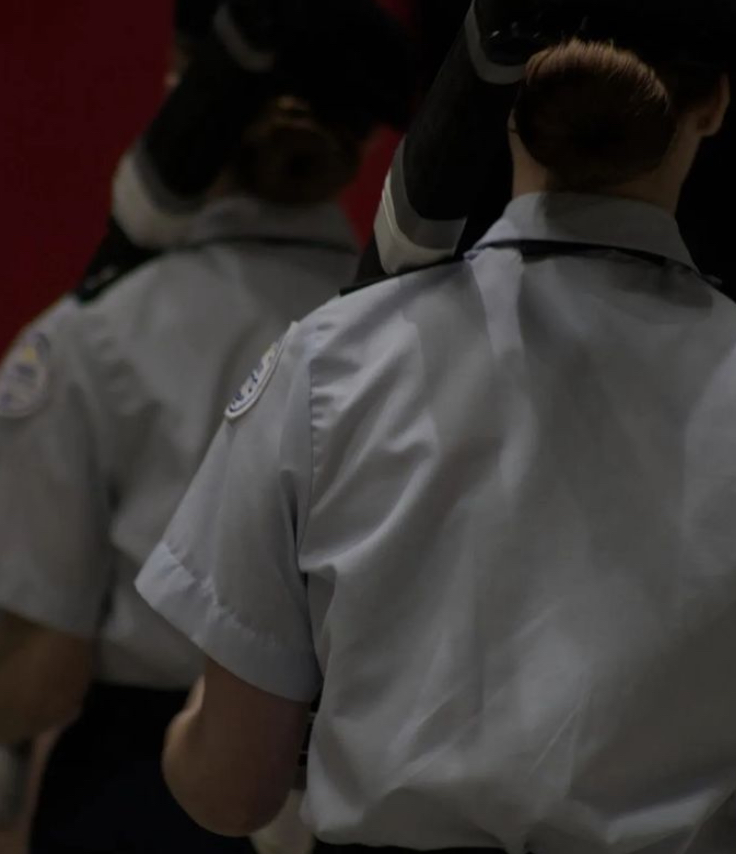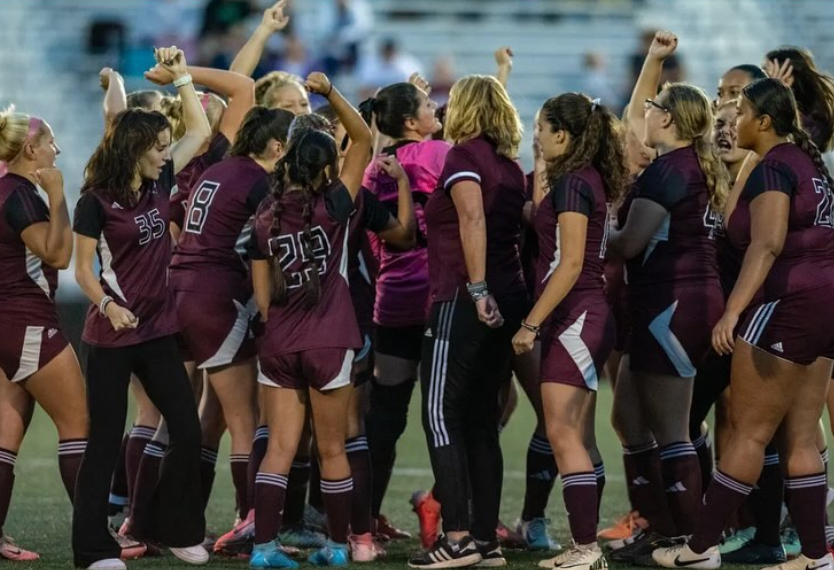The secondary education students of Raleigh County School District are expected to be present within the school building by 7:20 each morning. For some this time frame requires their awakening to be as early as 4:30 in the morning hours. Why some students and staff may find this to be difficult new data suggests it could become dangerous!
It’s no secret that everyone hates to wake up early. However, for some students and staff, this is a necessity to achieve attendance at their assigned place of education.
Ever since she was young, student Alexia Peña has ridden the bus; requiring that she arise by 5:40 in the morning hours. “It’s really difficult to get up in the mornings, especially by the end of the week. With constant homework, a part-time job, and being a theatre student going to bed earlier is not a practical solution. My bus picks me up around 6:30 and I have to ride around Beckley to pick up everyone- it takes over half an hour.” The experience of Peña matches that of many students across the Raleigh County School system. With constantly expanding bus routes and the ever-high rate of a vehicle’s cost, students are forced to wake up at an earlier time than ever.
According to the Mayo Clinic, the average person requires between six and seven hours of sleep. However, the average teenager requires between eight and ten hours of shut-eye. Furthermore, the natural time for a teenager to fall asleep is between the hours of 10 pm and 11 pm. Meaning, that a student following their naturalized internal clock would not get a full rest until eight of the morning hours. If a student were to obtain ten hours of sleep and be prepared for studies by 7:20 each morning, they would have to fall asleep at 9 pm. Why in theory this sounds fine, it does not account for the 8-7. After completing a national study the Center for Disease Control concluded that roughly seventy percent of high school students did not meet the recommendations of required sleep intake. These students performed worse in academics, had a higher risk of disease, expressed poor mental health, and sustained greater injury than those who achieved recommended hours of sleep. In reflection of this report, The American Academy of Pediatrics has issued an official warning, encouraging that secondary schools across the nation to not begin courses until 8:30 am.
Despite these warnings and research reports, schools across the United States have shown little effort in change. When asked why they stayed rooted within their policy, administrators used an argument of “later start, later dismissal”. Why this argument sustains some truth— especially for teens who hold jobs and stay after the instructional period for clubs, adjustments can be made. For example, a school in Connecticut only has clubs every Wednesday. Another example of conformity to these studies is that of Mercer County West Virginia, who have switched the traditional start times of secondary and primary schools.
In light of the popularity of sustaining a non-healthy sleep schedule, the Center for Disease Control offers the following cliche tips for teenagers in an exhausted state: limit screen time, drink water, eliminate any excess lighting, and avoid spicy foods three hours before planning to sleep.
While these tips are helpful they don’t address what experts have stated is the root cause of exhaustion in teenagers: time.


















Sholin Farhat • Dec 9, 2024 at 7:28 am
Yes